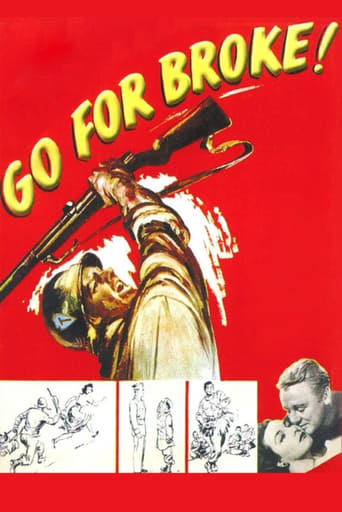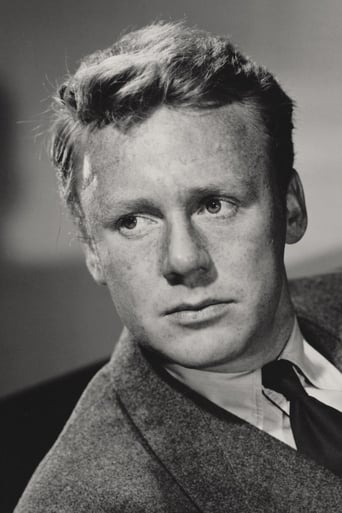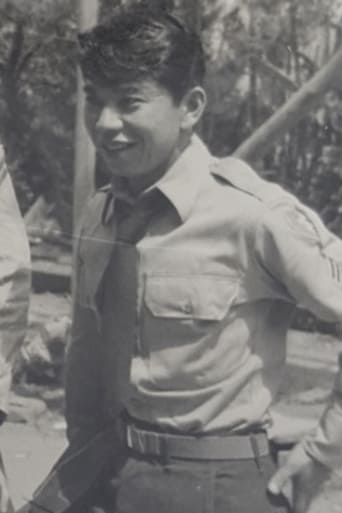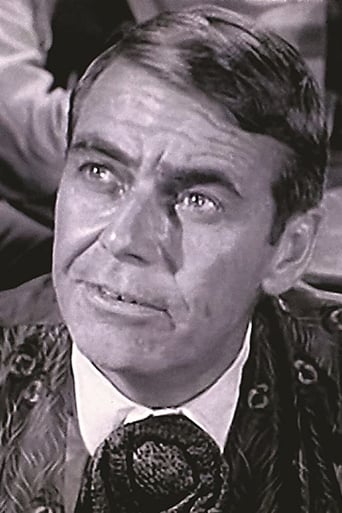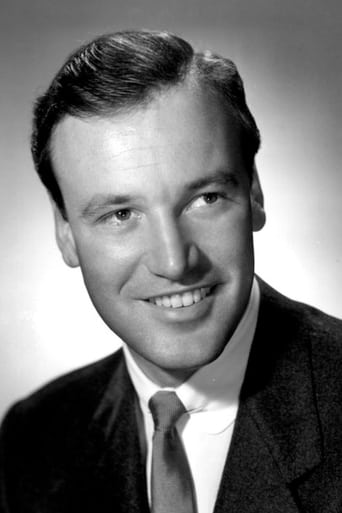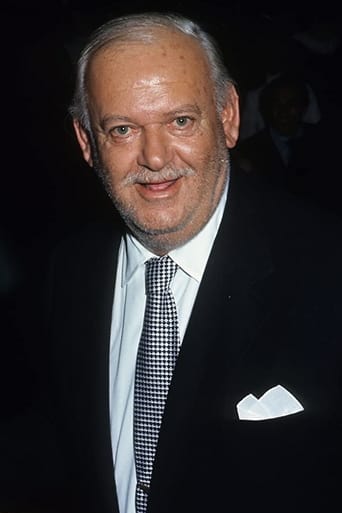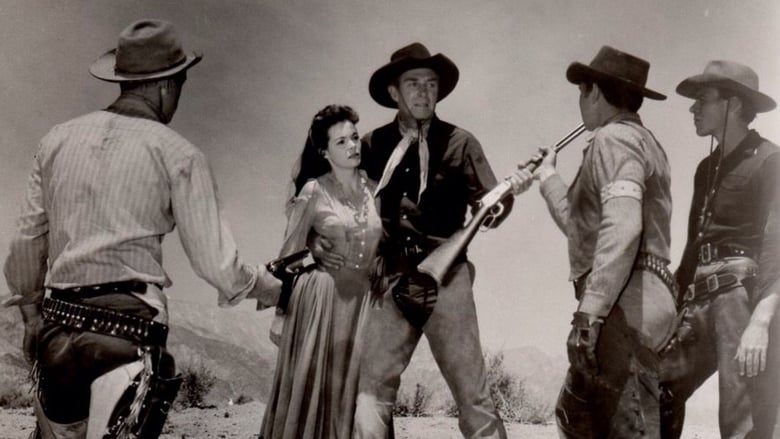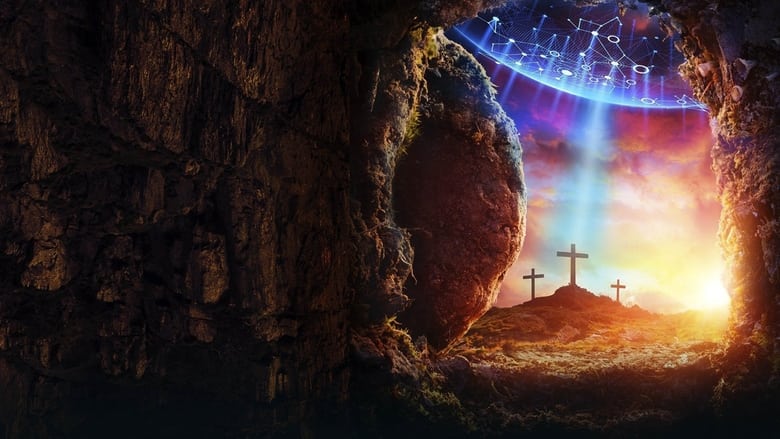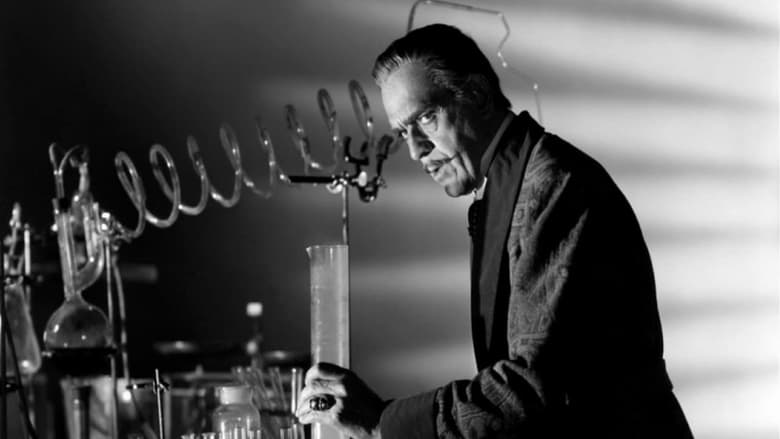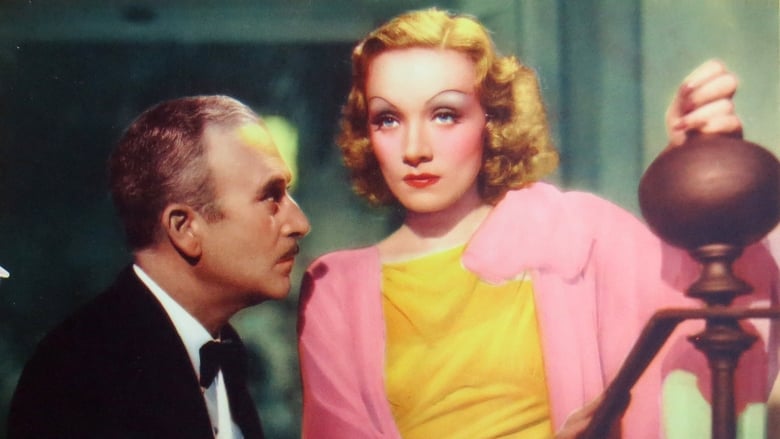A tribute to the U.S. 442nd Regimental Combat Team, formed in 1943 by Presidential permission with Japanese-American volunteers. We follow the training of a platoon under the rueful command of Lt. Mike Grayson who shares common prejudices of the time. The 442nd serve in Italy, then France, distinguishing themselves in skirmishes and battles; gradually and naturally, Grayson's prejudices evaporate with dawning realization that his men are better soldiers than he is.


Similar titles
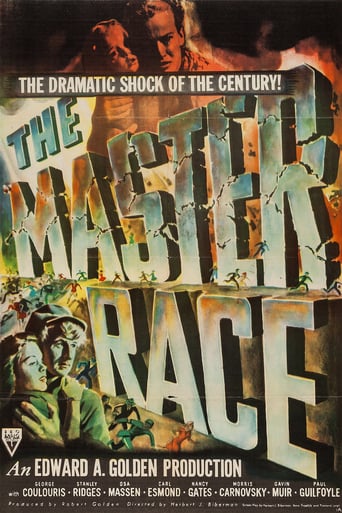
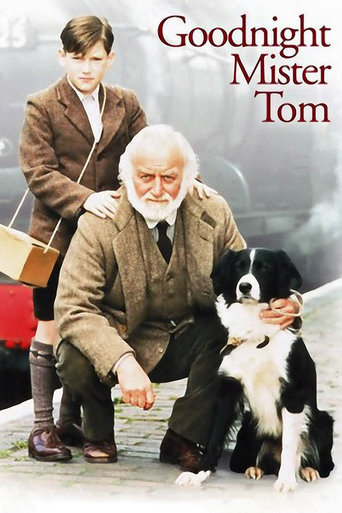
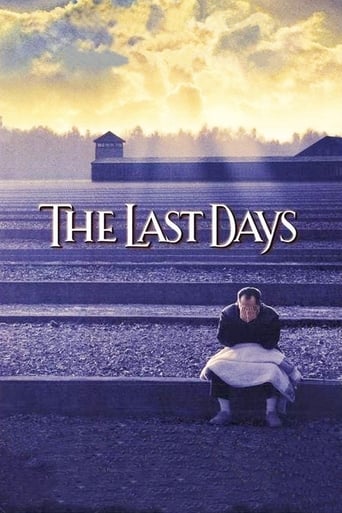
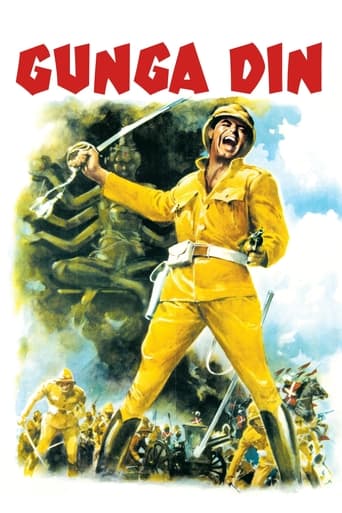
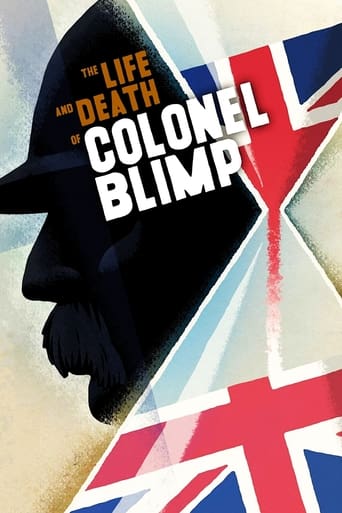
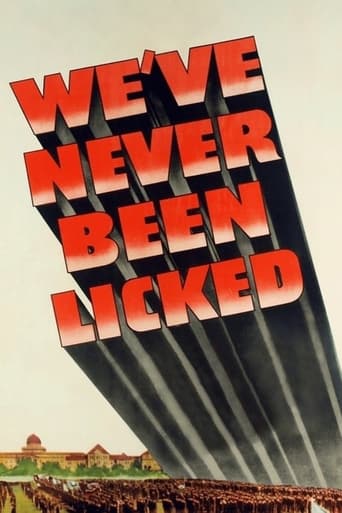

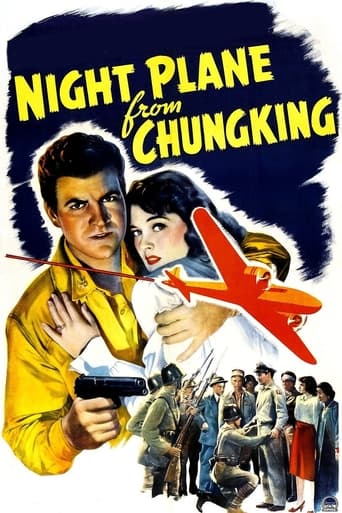
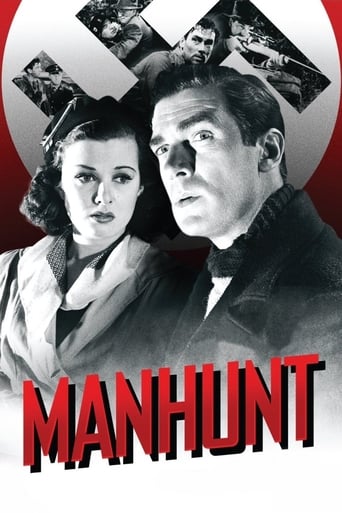
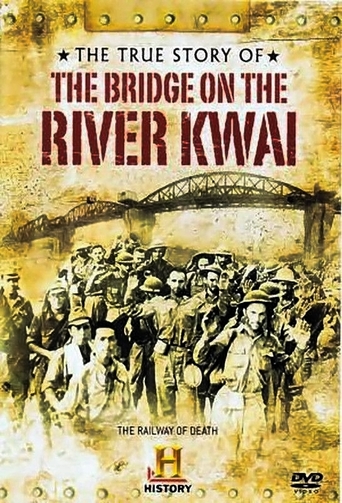
Reviews
THERE IS LITTLE reason to believe that the United States, "America", is not the 'Land of the Free and the Home of the Brave'; as our advertising slogans all claim. It is also true that many an inequity toward certain segments of our society, have and do exist.WE CAN ALSO can rightly, and proudly proclaim that the platitudes that we've proposed in the Declaration of Independence and The Constitution have had and continue to have an uncanny ability to rectify problems that would isolate whole groups pf Americans from full recognition and participation. Hence, the foundations of the American Republic, which were originally considered to be inclusive to the founding peoples' ethnicity and race (being Caucasians from Northern and Western Europe); others being 'excluded' by omission, rather than by design.* IT WOULD APPEAR that no particular racial-ethnic-national grouping had received a pass from this process; least of all being those those whose ancestors are numbered among those people who arrived on the shores of the New World from Asia. Being called by the now apparently politically incorrect term of "Orientals", the Chinese coolies and others who were imported to provide labor in building the trans-continental railroad and they received treatment that was little better than that of chattel; even after slavery was officially outlawed in all States and Territories of the USA.THIS DISREGARD OF the full rights and humanity of those from the 'Yellow Race' continued and persisted for many a year. Right down to the years of there existed an immigration law called 'The Chinese Exclusion Act': which disqualified the immigration of Chinese to the United States in the same quota manner afforded to those applicants from other countries.NOW, LET US fast-forward time to the year of 1941 and the attack on Pearl Harbor of December the 7th. Fear of a Japanese invasion of the West Coast coupled with old anti-Asiatic sentiment spawned the creation of the "Neisi Relocation Centers". Following an Executive Order from President Franklin D. Roosevelt and at the urging of California Governor, Earl Warren, Japanese living in the Western States were required to sell whatever real estate that they owned (their abodes or places of business) and submit themselves to being prisoners of the U.S. Government for the duration of World War II.THE EXISTENCE AND use of what were called Internment Camps during time of war wasn't new. Their application was commonplace and the practice was widely in use in Europe during the First World War. There was, however, one important difference; that being that those being held in these Internment Camps were FOREIGN NATIONALS of Nations who were at war with that particular country.SO THEN, WE had a great story that needed telling. We had a special combat unit of the United States Army, the 442nd Combat unit. It was special battle unit composed of enlisted men and non-coms (non-commissioned officers, sergeants & corporals) who were Americans of Japanese descent. Being a people who were on a mission and their record in the battlefields of the European Theatre of Operations was outstanding and acclaimed to be second to none; particularly in the Italian Campaign, which included assaults on cities in Sicily, Anzio and Rome.THAT MGM HAD DECIDED to do a film that brought this all to the screen is less of a surprise than it was one of those overdue projects upon release in 1951. While the production boasted of many an actor from MGM's outstanding stable (including popular Van Johnson in the top billing spot), it is the choice of the extensive cast portraying the Japanese American Soldier that makes this the fine movie that it remains to this very day.WE HAD LONG felt that there was a great similarity of GO FOR BROKE to MGM's BATTLEGROUND; which in similar manner told the story of the true heroes of Bastogne (the Battle of the Bulge). Having just recently seen the trailers produced for both pictures, we found that the head honchos at the studio concurred.MY MY. SUCH great minds have we! NOTE: * This is not to say that all being of the Caucasion persuasion would guarantee full acceptance to a person in all things 'American'. If you don't believe us, just ask those whose ancestors came from Southern Europe (Italians), Eastern Europe (Polish) and old Russia & the Ukrane(Jews). In my own case both my Mother's people (German) and the 'Old Man's' (Irish) paid their dues. (Oh yeah, we nearly forgot! The Irish were also imported to help build the transcontinental railroad! Whatta ya know, a sorta footnote to a footnote! Another Red Ryan 1st!)
--I don't have much to add about the positive aspects about what this movie *says*. I happen to agree, and that's all well and good. What I would like to mention as far as a *technical* review goes is that the attention to detail is quite remarkable. This is the first time I've seen a G43 rifle used in a WWII movie. Additionally, the *sounds* of the firearms are different, which is something that is often missed in a production. When people creep around while being shot at, they look like they have actually been shot at.I've read that this movie was comprised largely of actual 442 veterans, which takes it from being a matter of "Interesting Public Domain" to being something of a National Treasure, in terms of visual history.
This film held a few surprises for me and it may for many other people as well. I don't think it is spoiling the film at all to say that it mainly concerns the activities of a Japanese regiment which took part in campaigns in the European theatre in the latter part of WWII. Obviously, the mere thought of infantrymen looking and sounding like Japanese, but wearing American GI uniforms, was hard for a number of people to accept, and this is where the film draws its dramatic tension as these not-so-usual American troops try to redeem the bad name of their ancestral lands.Well-directed with certain dramatic generic battle scenes (added from newsreels and other sources I imagine) to give the film more impact. As usual in films of this era, the character acting is very good, and this in spite perhaps of the limited number of actors who might have been available at the time to play roles as GIs of Japanese origin. Very competent lead role played by Van Johnson is also a major plus for this entertaining, thoughtful film.
Japanese-Americans serving in the U.S. army during World War 11 is the central theme of this film. How ironic that this occurred while we were placing other Japanese-Americans in internment camps during this period.Van Johnson harbors prejudice as he chosen to shape these recruits up. While he runs into difficulty with top brass, he does his job well.He comes to understand and appreciate his men. When he meets up with his old Texas regiment, he fights someone for passing an anti-Japanese remark.The Japanese players do a good job of showing that their true spirits were with the U.S.A totally satisfying film depicting the human spirit.
